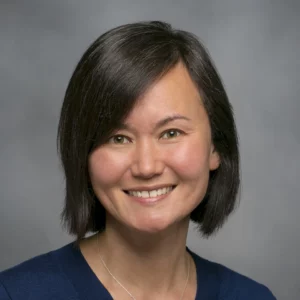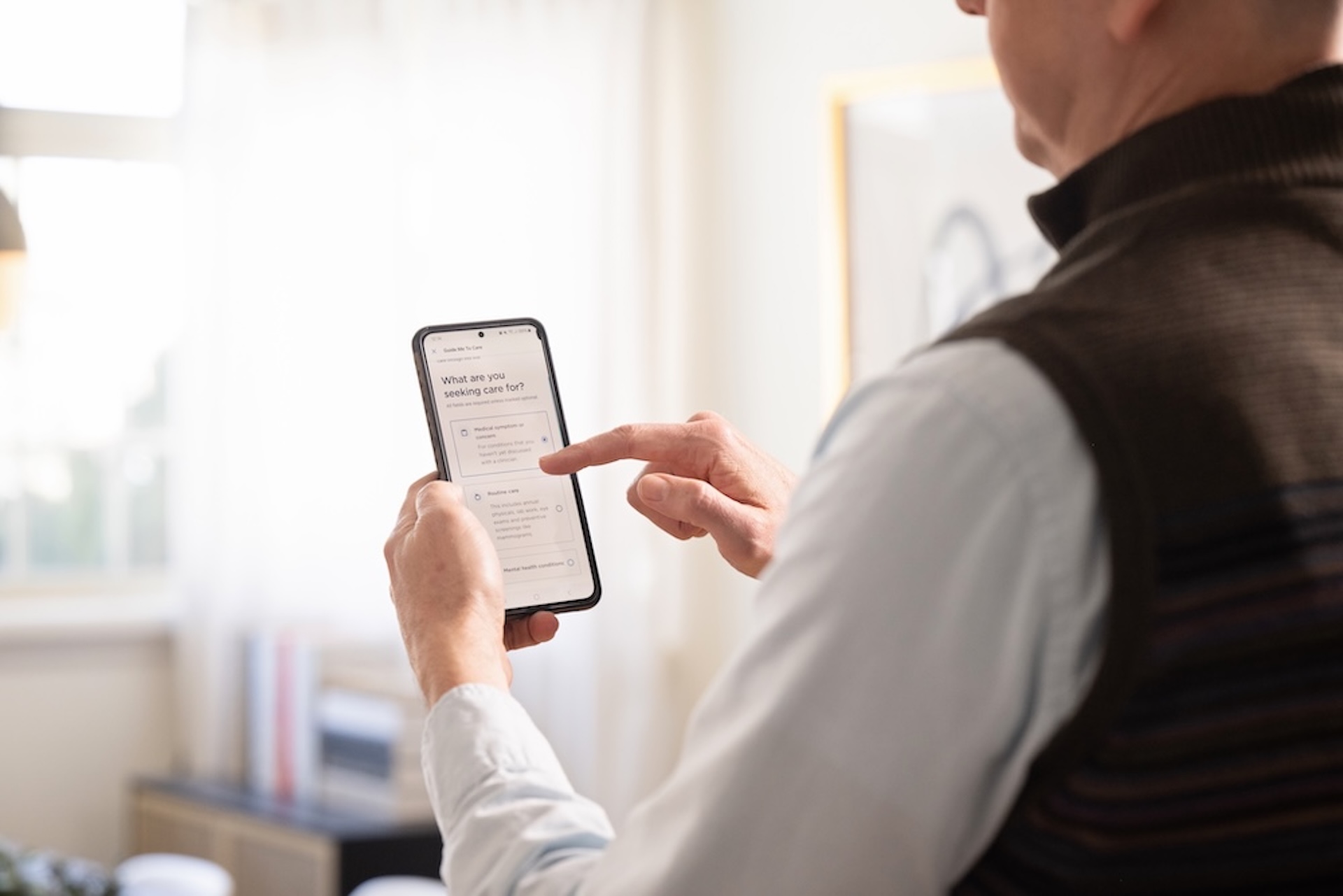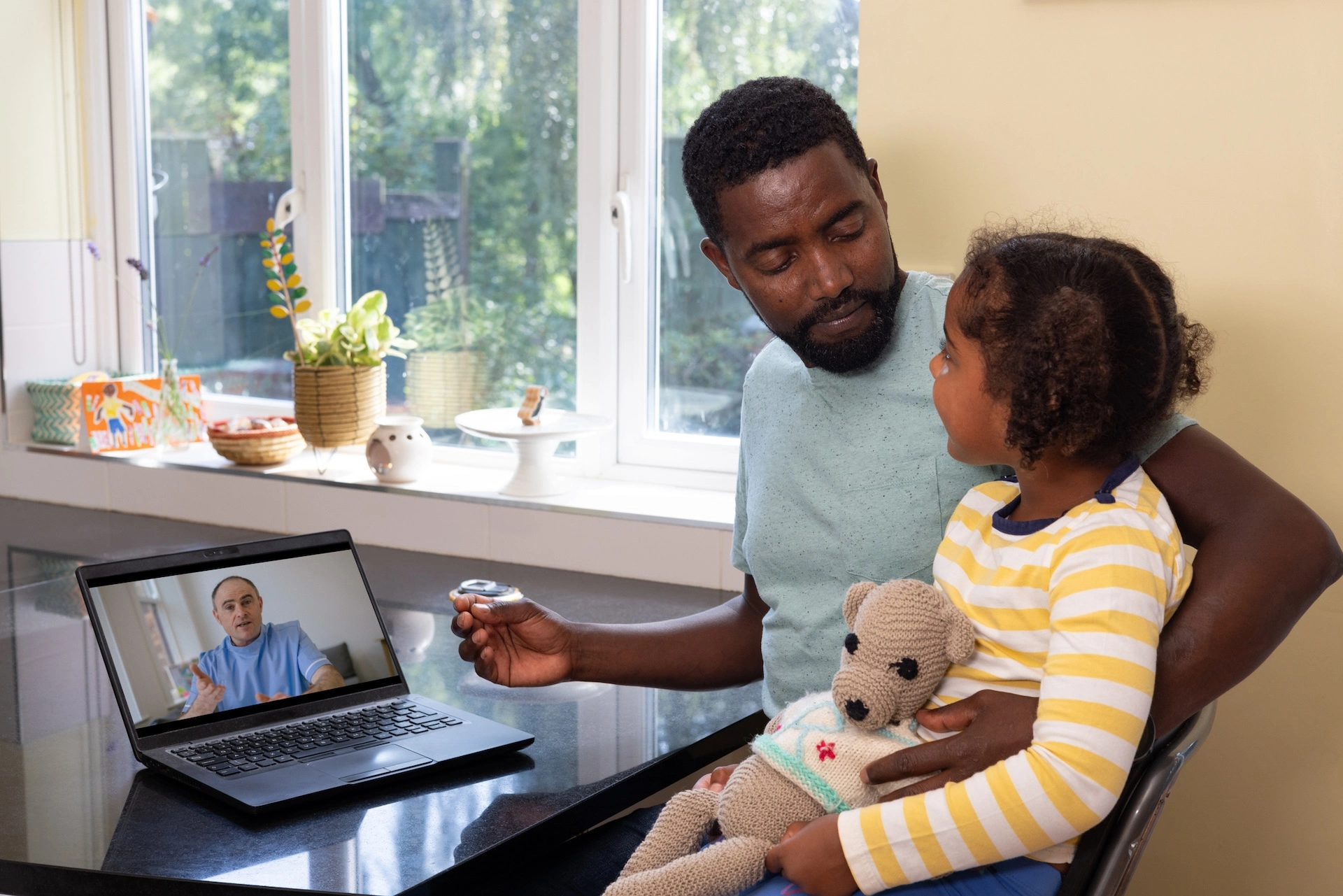Remote visits have advantages for older patients, say researchers from Kaiser Permanente and UCSF
Many patients with dementia have continued to use phone and video visits for their primary care following the COVID-19 pandemic, according to a new analysis in the Journal of General Internal Medicine from the Kaiser Permanente Division of Research (DOR) and the University of California, San Francisco (UCSF).
People with dementia often have complex medical needs and can benefit from virtual care that takes those needs into account, the researchers said. Older patients may find it difficult to get to a medical office or prefer to stay in familiar surroundings.

“Our findings suggest that telehealth is feasible and useful in patients with dementia,” said senior author Mary Reed, DrPH, a DOR research scientist. “They shouldn’t be left out of the telemedicine conversation just because they are elderly or have potential barriers.”
The study examined primary care medical visits for 18,037 Kaiser Permanente Northern California (KPNC) and 419 UCSF patients with dementia during a pre-pandemic period of 2019-2020 and a post-pandemic time between 2021 and 2022.
The analysis found patients with in-person-only visits fell from 60% to 27% at KPNC and from 99% to 35% at UCSF. Those using both in-person and virtual visits at KPNC rose from 34% to 44%, and from 0.7% to 44.9% at UCSF. Those using only telemedicine grew from 0.3 to 20% at UCSF, and from 5.5% to 29% at KPNC.
The oldest dementia patients and those living farther away from a medical clinic were more likely to use telemedicine. Those with limited use of English and with a caregiver present were less likely to use remote visits. The study results suggest health systems have an opportunity to focus on the remote care needs of dementia patients, particularly those who use a language other than English, the authors said.
“We found that a key benefit of telemedicine — reduced need to drive long distances to a clinic — are being realized for these patients,” said lead author Julia Adler-Milstein, PhD, a UCSF professor of medicine and director of its Center for Clinical Informatics & Improvement Research.
Making virtual visits easier
Now that telehealth has been adopted by many health systems and patients, it is important to understand how virtual care is being used for various populations, such as people with dementia, the authors said.

The study found KPNC had greater use of phone visits, while UCSF had greater use of video visits; the authors attributed the difference to each organization’s approach to telehealth before the pandemic. Each type of telehealth has its strengths, they said. Phone visits with elderly patients support conversation around their history, mood, medications, goals of care, and involvement of the caregiver. Video visits are useful to share images such as skin conditions or wound care.
Both organizations have introduced methods to make virtual visits easier. KPNC uses medical assistants to carry out “virtual rooming” by calling the patient 15 minutes before the visit to help connect the video call. Similarly, UCSF had a Video Visits for Elders Project that provides technical support before a medical appointment in the patient’s preferred language.
The needs of people with dementia in telemedicine can be part of larger scale initiatives such as the Centers for Medicare & Medicaid Services’ new Guiding an Improved Dementia Experience Model, the authors suggested. These efforts will evolve with growing evidence about which type of care is most appropriate for the spectrum of dementia care needs that are addressed in primary care, Adler-Milstein said.
The research was funded by the National Institute on Aging.
Additional co-authors were Anjali Gopalan, MD, and Jie Huang, PhD, of the Division of Research, and Christopher Toretsky, MPH, of UCSF.
# # #
About the Kaiser Permanente Division of Research
The Kaiser Permanente Division of Research conducts, publishes and disseminates epidemiologic and health services research to improve the health and medical care of Kaiser Permanente members and society at large. It seeks to understand the determinants of illness and well-being, and to improve the quality and cost-effectiveness of health care. Currently, DOR’s 600-plus staff is working on more than 450 epidemiological and health services research projects. For more information, visit divisionofresearch.kaiserpermanente.org or follow us @KPDOR.





Comments (0)